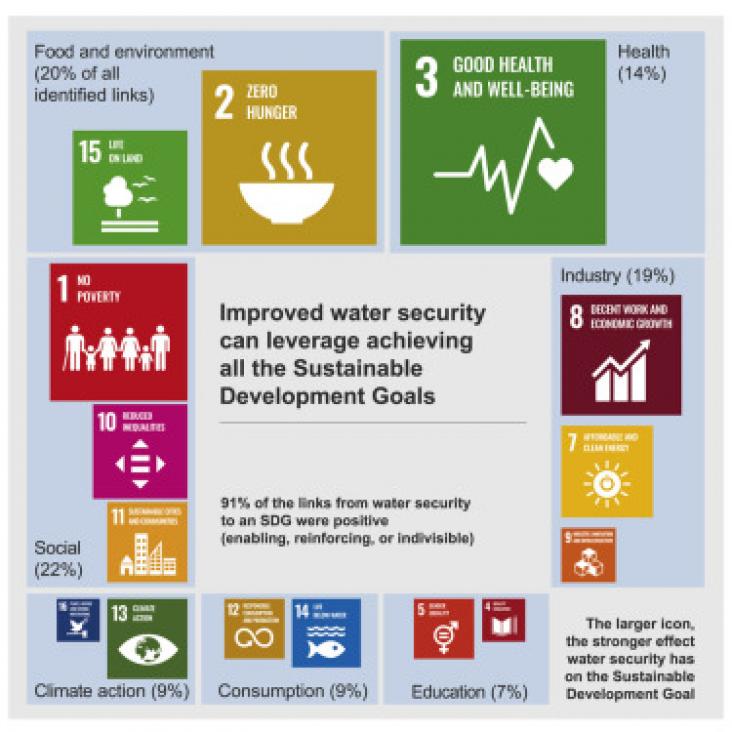
There exist no future projections of fishery conflict that consider wider societal trends. This paper builds four future fishery conflict scenarios by using a multimethod approach.
The current COVID-19 pandemic represents an acute threat to the health of adults and children across the globe.
Healthcare professionals are exposed to several stress factors, especially during health emergency situations like Covid-19.
A Research Paper on food insecurity in the UK, in the context of SDGs 1, 2, and 3, focusing specifically on the association between the implementation of austerity policies in 2010 and the increase in foodbank use and food insecurity over the following decade.
Nutritional value is imperative for food security. Understanding how breeding can enhance this is an important tool toward eliminating hunger and food insecurity.
Complementary Feeding (CF) involves an array of behaviors ranging from producing or purchasing food to preparing and feeding it to the child. Nutrition-specific and nutrition-sensitive interventions support different dimensions of improved CF, including dietary diversity, adequate frequency and daily intake, food hygiene, responsive feeding, and parenting practices. Beyond messages specific to what to feed young children, interventions to improve CF could address norms related to early child development; family dynamics; water, sanitation, and hygiene (WASH)
This chapter aligns with Goal 2: Zero Hunger, Goal 3: Good Health and Wellbeing, and Goal 13: Climate Action by exploring how extreme flooding has significant implications for local, regional, and national populations, particularly regarding agriculture and food supply.

The food industry is responsible for significant impacts on the environment, such as climate change, water depletion and land use.

This article examines how improved water security affects the success of other SDGs, when all the goals are examined simultaneously.
In this special article, the authors call for nutrition scientists to collaborate with other sectors, disciplines, and experts to develop a more nuanced understanding of how specific shifts in food systems can have broad impacts on sustainability and to bring about food policy changes in the era of climate disruption and environmental degradation.
